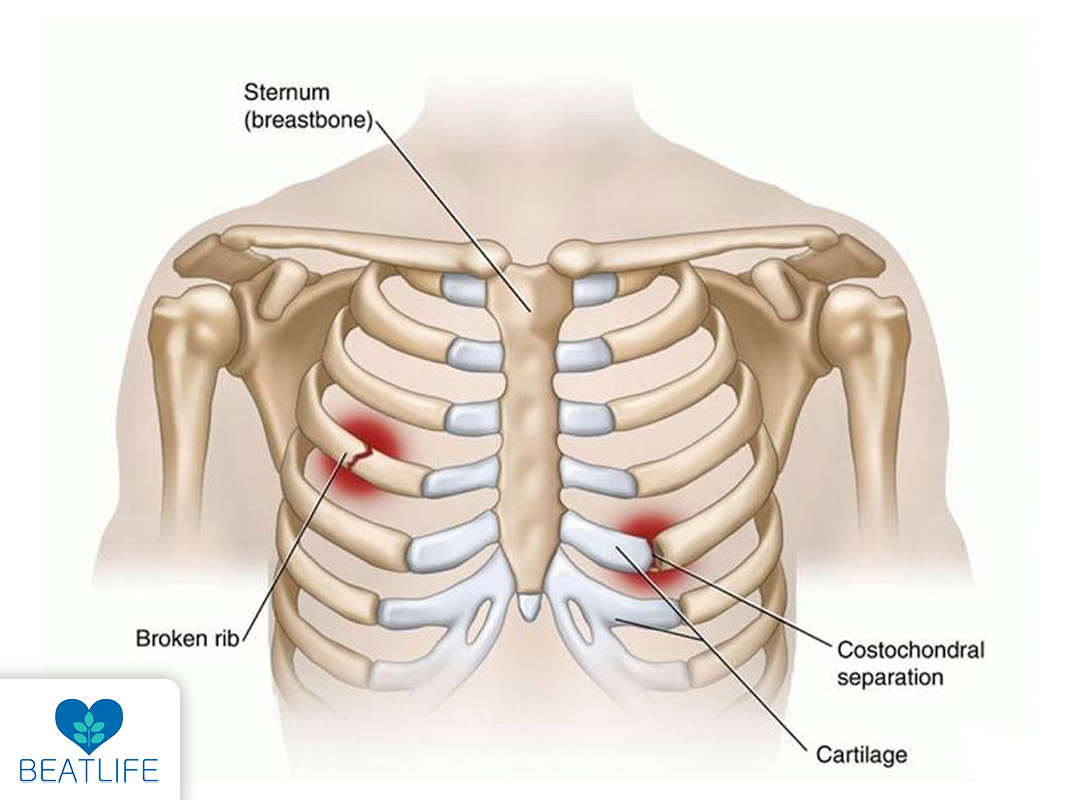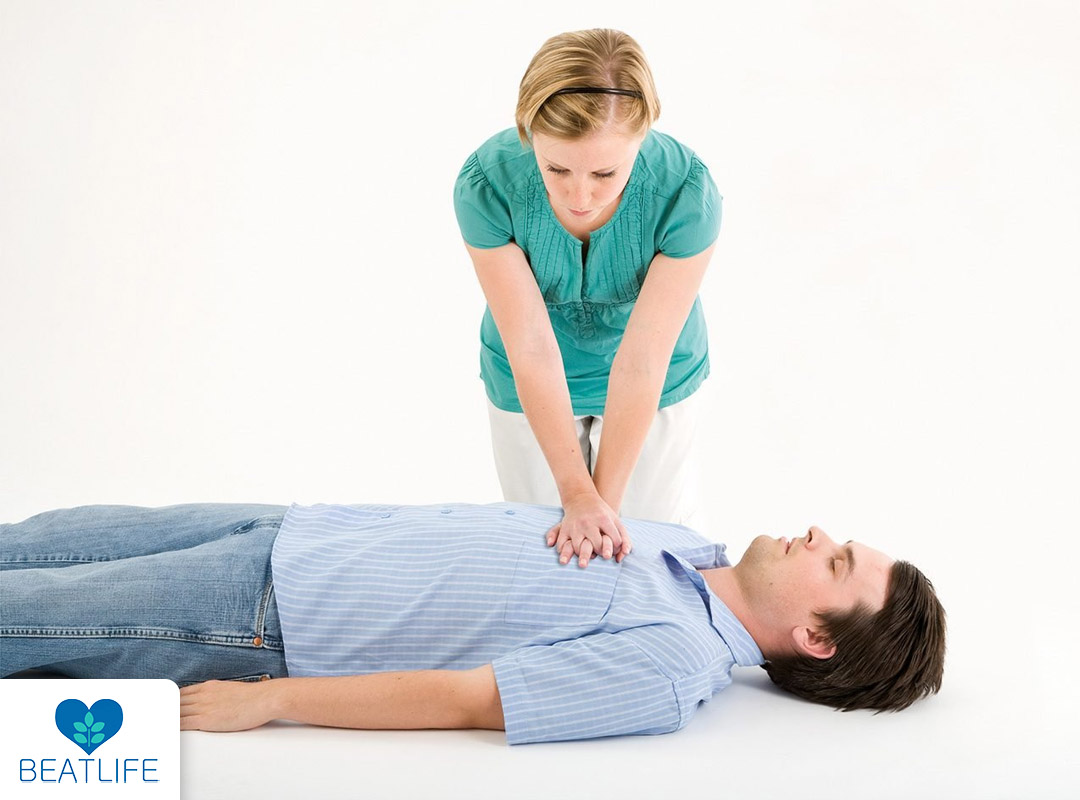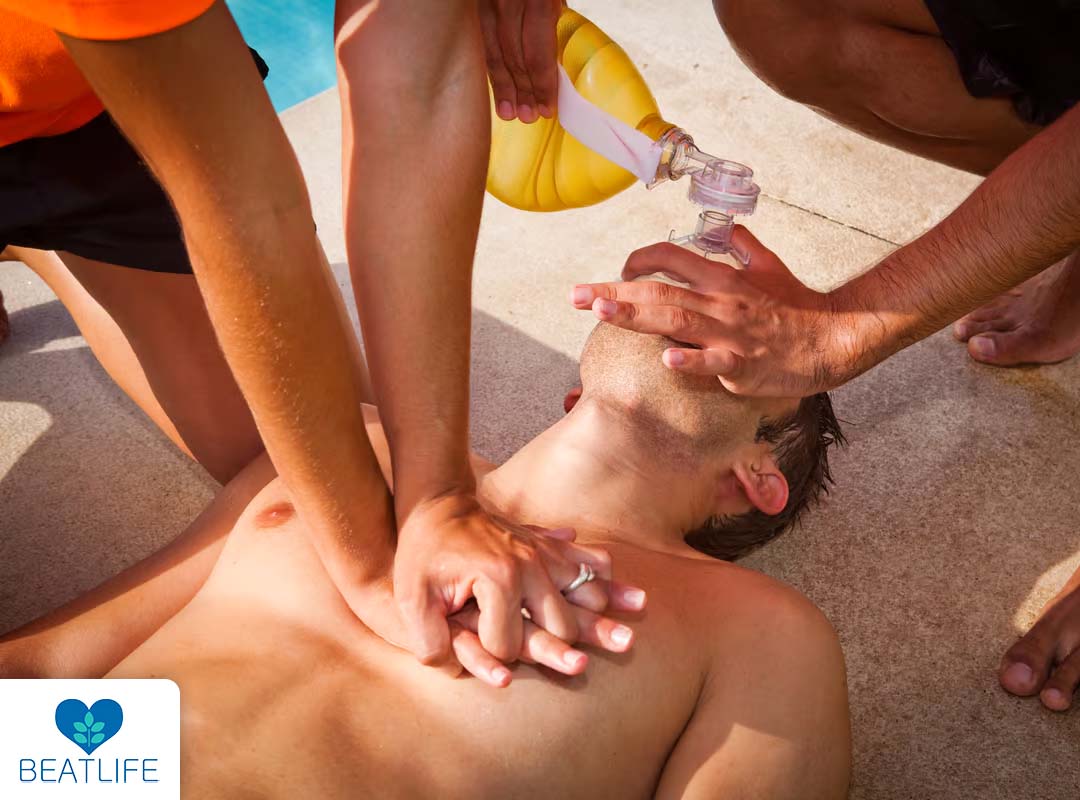Cardiopulmonary resuscitation (CPR) is a life-saving measure used in emergencies when someone has cardiac arrest. It involves applying chest compressions and giving rescue breaths to restore the victim’s blood circulation and oxygen supply. It can significantly increase the person’s chance of survival before the first responders arrive. However, when performing CPR, a common concern may be applying too much pressure on the victim’s chest and, as a result, fracturing and even ribs break during CPR, especially if the person performing the CPR is untrained. This article investigates the frequency ribs break during CPR. It provides some practical techniques to know what to do when hearing a bone crack during CPR and how to perform CPR effectively and safely while minimizing the risk of causing injuries, introducing and highlighting the use of devices like the CPRMETER.
How Often Do Ribs Break During CPR?
It is not uncommon to ribs break during CPR. The goal of CPR is to provide adequate blood flow to the vital organs to revive a person whose heart has stopped beating or whose breathing has ceased. As a result, CPR can be forceful, especially during chest compressions. In some cases, due to the pressure applied in some, especially when done correctly, it might break ribs or the sternum (breastbone). These fractures, albeit unfortunate, are accepted as a side effect of CPR to save a life.
According to studies, ribs break during CPR occur in approximately 30–40% of adult patients who receive CPR. Although this may sound alarming, it is essential to remember that the main objective is to resuscitate the victim at risk. It is crucial to remember that doing CPR, if necessary, should not be discouraged by the possibility of fracturing bones during the process. The risk of not performing CPR outweighs the risk of fractured bones since the consequences would be irreversible. Notably, the primary objective is to provide immediate assistance to someone in cardiac arrest until professional medical help arrives. Proper CPR training can help minimize the risk of injury and ensure it is administered correctly.

What to Do If You Hear a Bone Crack During CPR?
Hearing a ribs break during CPR can be distressing. However, it is crucial to continue the life-saving procedure and stay focused on the task and hang, which saves the person’s life. Here are some tips on how to handle the situation when hearing a bone crack while performing CPR:
1. Continue CPR: It is natural to feel concerned when hearing a bone break, but remember, interrupting CPR can be more detrimental to the patient’s chances of survival than a broken rib. Therefore, Maintain a steady rhythm of chest compressions.
2. Minimize Pressure: While it is essential to provide adequate chest compressions, avoid using excessive force. Adjust the depth of compressions slightly to reduce the pressure on the chest while maintaining the recommended depth of at least 5 cm in adults and less for children and infants. Overdoing.
Use accessory devices, if accessible; these devices include an automated external defibrillator (AED) that administers electric shocks to restore normal heart rhythm and chest compression aids like CPRMETER to ensure proper compression depth and rate; both devices help enhance the chances of successful resuscitation in cases of cardiac arrest.
3. Monitor the Victim: While continuing CPR, monitor the victim for other wounds and be vigilant for any signs of additional injuries such as a punctured lung or damage to the heart. If you suspect such injuries, seek medical assistance as soon as possible.

How to Perform CPR to Avoid Breaking Bones?
Performing CPR effectively and safely while reducing the risk of causing injuries is essential. Some key tips are provided below:
1. Check Responsiveness: Check to verify if the person is responsive before beginning CPR. To get a reaction, tap them and shout. Call emergency services for assistance if the victim does not reply.
1. Positioning: Ensure the patient is lying on a firm surface. Place your hands in the center of the chest, just below the nipple line, and interlock your fingers. Keep your elbows straight and shoulders directly above your hands.
2. Compression Depth: Compress the chest to a depth of at least 2 inches (5 cm) in adults, but not exceeding 2.4 inches (6 cm). In children and infants, the depth should be about one-third of the chest’s depth.
3. Compression Rate: Aim for a compression rate of 100-120 compressions per minute.
4. Allow Chest Recoil: After each compression, allow the chest to fully recoil. This helps blood flow more effectively.
5. Use CPRMETER: If available, use a CPRMETER a device which provides real-time feedback on compression depth and rate; it can help to maintain the compression depth and rate without excessive force and therefore reducing the likelihood of ribs break during CPR. The CPRMETER by BEATLIFE has unique features designed to enhance emergency medical care. It is suitable for use in ambulances and rescue vehicles, ensuring that critical CPR feedback is available. It is designed to operate flawlessly in a wide temperature range from -30°C to +50°C, guaranteeing its reliability in extreme conditions. Moreover, its waterproof design allows use in various settings, including pools and beaches, ensuring that life-saving CPR feedback is always within reach.
In conclusion, even though ribs break during CPR are prevalent, it is crucial to prioritize saving a life over the concern of causing injury. Follow the suggested CPR guidelines and use devices like a CPRMETER to perform high-quality CPR while reducing the risk of injury. Remember that performing a successful CPR can make a difference between life and death in the event of a cardiac arrest. Therefore, do not hesitate to take action when the situation demands it.

